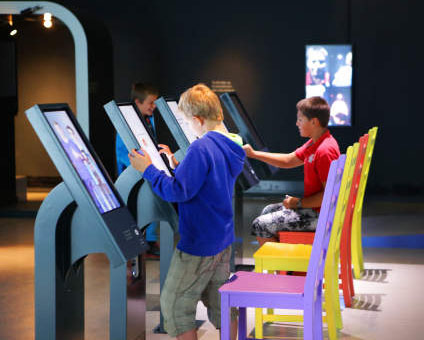 Human rights as universal values are being increasingly disseminated across the global museum sector, but the understanding of these rights, how they are acquired and who is permitted to exercise them is shaped within each specific museum space.
Human rights as universal values are being increasingly disseminated across the global museum sector, but the understanding of these rights, how they are acquired and who is permitted to exercise them is shaped within each specific museum space.
The representation of human rights in museums becomes museum’s policy and practice. The space of the museum is an important territory for the exercise of rights. Each museum visit is a journey through which rights are offered to visitors. A close look can uncover how human rights are articulated by museum architecture, gallery installation, collection arrangement and displayed text.
Human rights education is a lifelong process and museums play an important role in it. Through various programs, including workshops and tours, museums strive to give students and adult learners the tools to help them think critically and with empathy and compassion.
Many museums offer a variety of school programs on-site at the museum or virtually from the classroom. The programs are usually designed to be inclusive and accessible for students of all needs and ages. Running between one and two hours, each museum’s curriculum-based or extra-curriculum programs allow students to explore and discuss human rights issues through interactive learning and activities. Human rights education programs can be accompanied by a visit to the galleries and exhibits that reflect their lessons. They offer tours which allow students to explore the museum’s highlights and specific themes.
